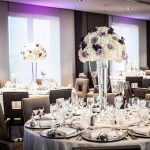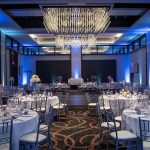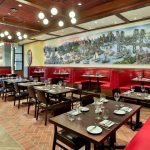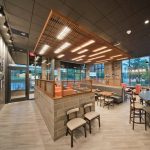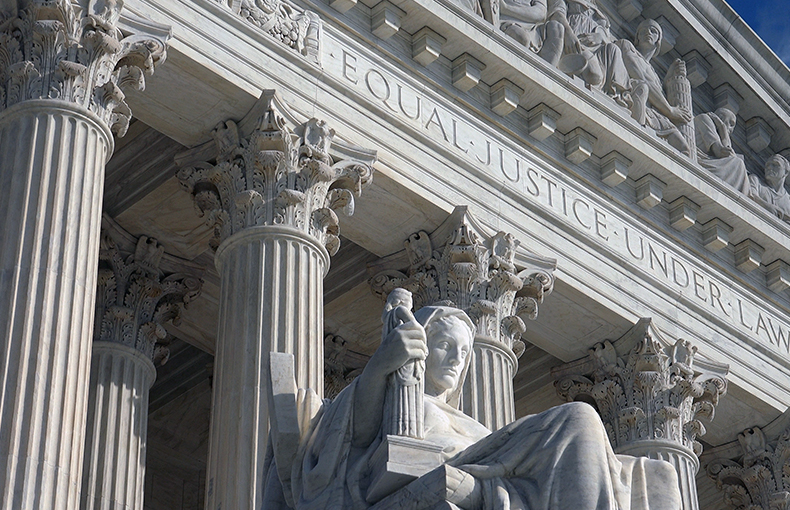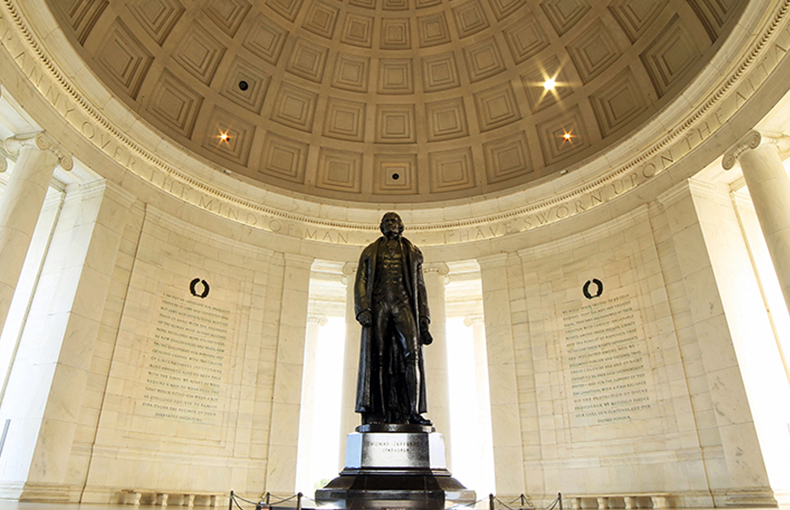Do civic buildings in Washington DC remind you of buildings of Ancient Rome?
The civil architecture of Washington, DC has more similarity with the civil architecture of ancient Rome than any other city in the United States. For example, the design of many Federal Courts is based on the design of Roman temples. Congress, the Supreme Court and other buildings are dressed in white marble, much like Rome following Augustus Caesar’s decision to replace many brick structures with marble ones. Even the axis of the Washington Mall resembles Roman city planning throught its similarity to the Roman Forum. In this manner, Washington’s civic architecture pays homage to both Roman law and the Roman Republic.
One notable example of a building that embodies Roman civic architecture is the U.S. Supreme Court. Designed by Cass Gilbert in 1935, the Court’s western face appears to be a direct replica of a Roman Temple type. The Court is raised on a podium, has three rows of freestanding columns and a formal staircase leading to the entrance. Gilbert also adopted the Corinthian order, paying homage to the most elaborate of the Greek and Roman architectural orders. Another notable example is the Jefferson Memorial, which closely resembles the Roman Pantheon. Like the Pantheon, it has same main areas: pronaos (entrance portico), a circular domed rotunda, and a connecting passage between the two. Like the Pantheon, the Jefferson Memorial’s pronaos is comprised of freestanding columns that, similarly to the U.S. Supreme Court, adhere to the Corinthian order. The Jefferson Memorial also has a cella, or chamber, where statutes were placed. Yet where the cella of a Roman Temple would usually house the great statue of a god, the Jefferson Memorial’s cella contains a great statue of the United States’ third president.
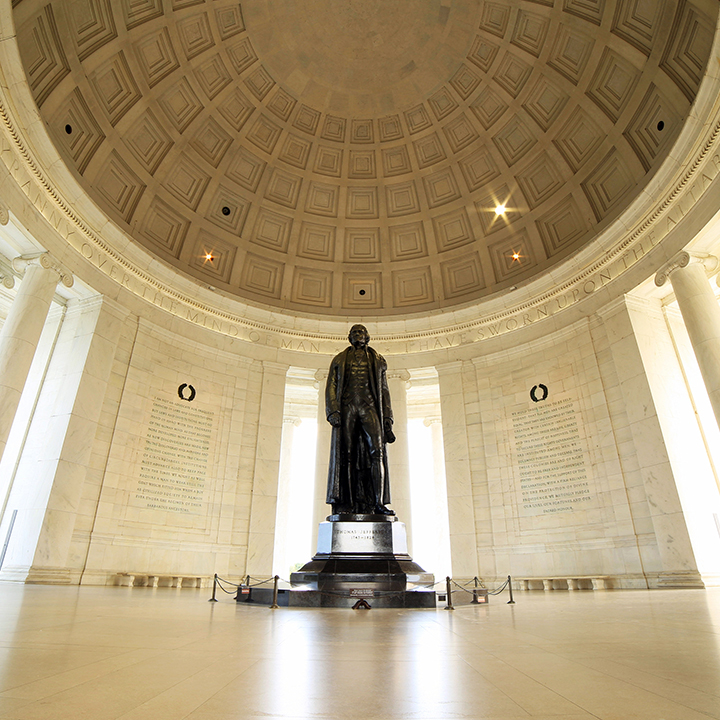
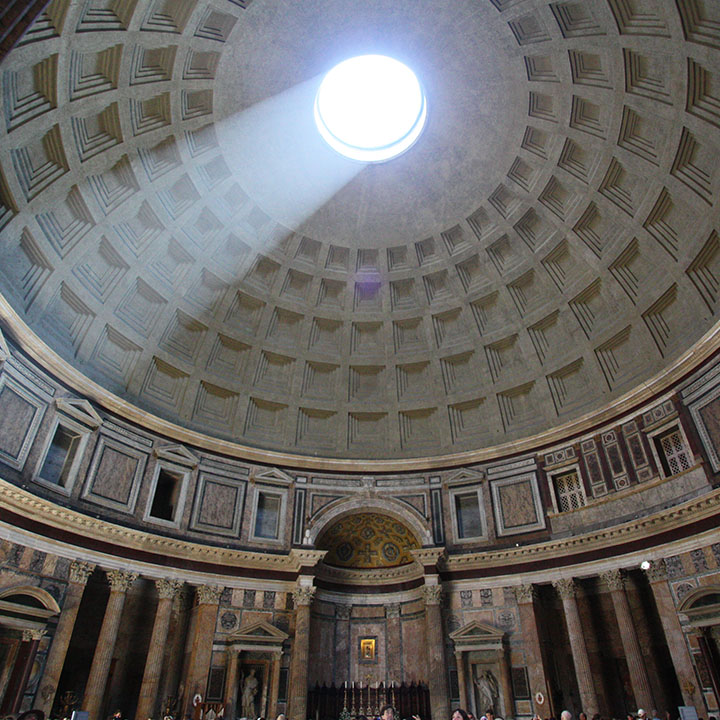
Reflection of Social Order and government?
In many ways, the United States’ decision to embrace Roman architectural forms reflected the country’s social and cultural aspirations. America’s Founders viewed Roman designs as symbols of classical philosophy. They admired Rome’s contributions to art, science, and the law. By adopting Roman architecture, they hoped to revive the best ideas and attributes from the classical period as the cornerstones for their new Republic.
Roman architectural forms also served another purpose, however. From Corinthian columns to marble halls, Washington’s architecture purposefully recalled the strength of the Roman republic and the legacy of Roman law. These timeless symbols communicated power, order, and historical continuity, thus lending strength and credibility to the republic’s fledgling institutions. They also recalled an empire far greater than the Americans’ former British masters. In this manner, the choice of a civic architectural style for Washington, DC reflected the Founders’ deliberate attempt to construct a new national identity, even as they build a new nation.

